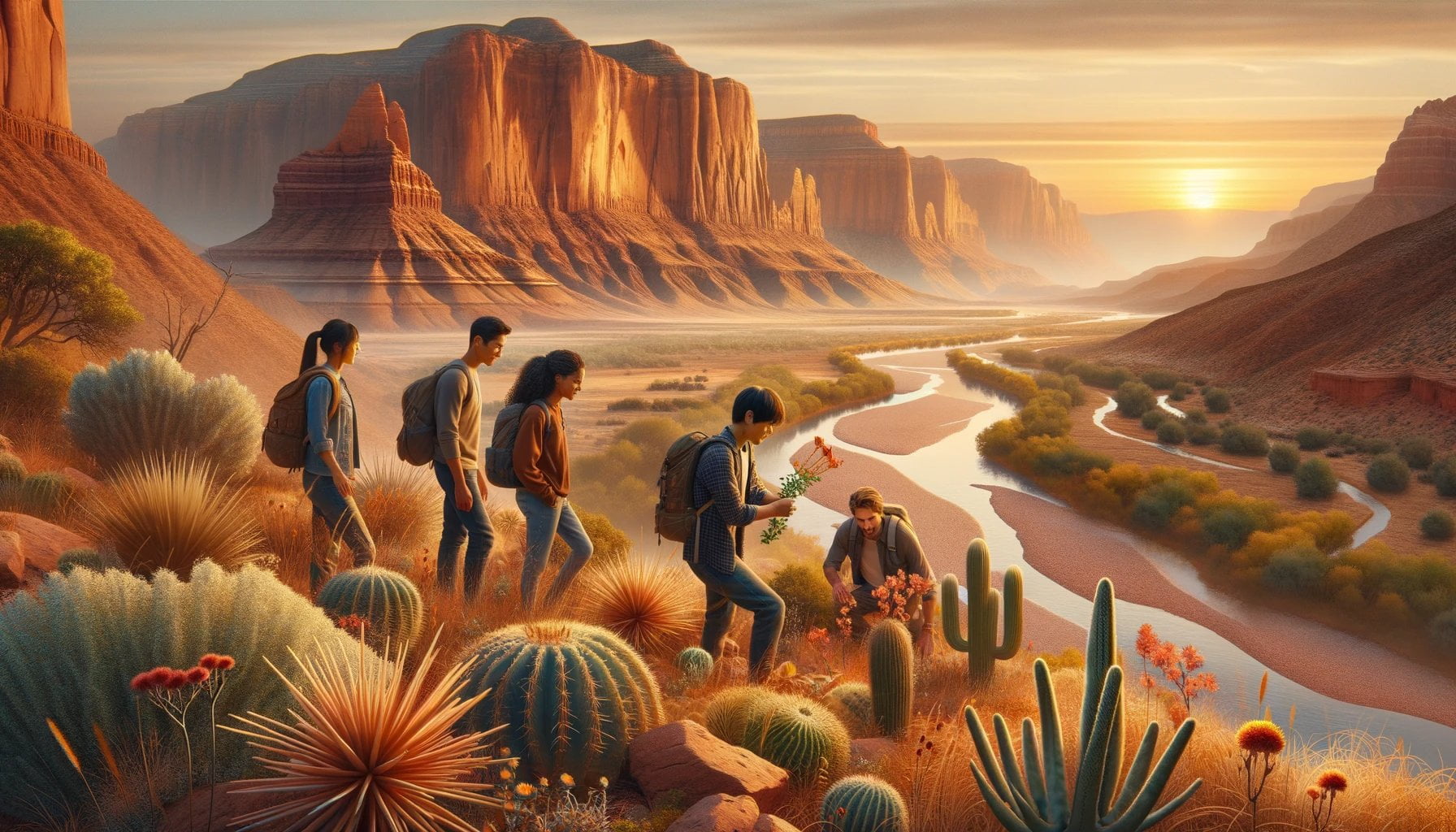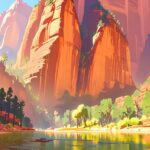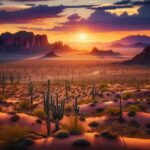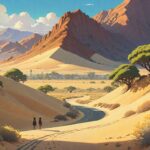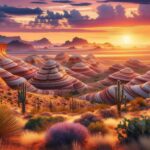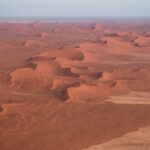Discover the captivating Southwest: 4 Fascinating Facts about the climate, vegetation, terrain, wildlife, national parks, monuments, and forests of this enchanting region. Journey through the stunning landscapes, immerse yourself in diverse cultures, and uncover the hidden treasures that make the Southwest a must-visit destination for travelers seeking awe-inspiring experiences. From the ancient saguaro cacti standing tall in the desert to the majestic red rock formations of national parks like Grand Canyon and Zion, this article unveils the allure of the Southwest and its remarkable natural wonders.
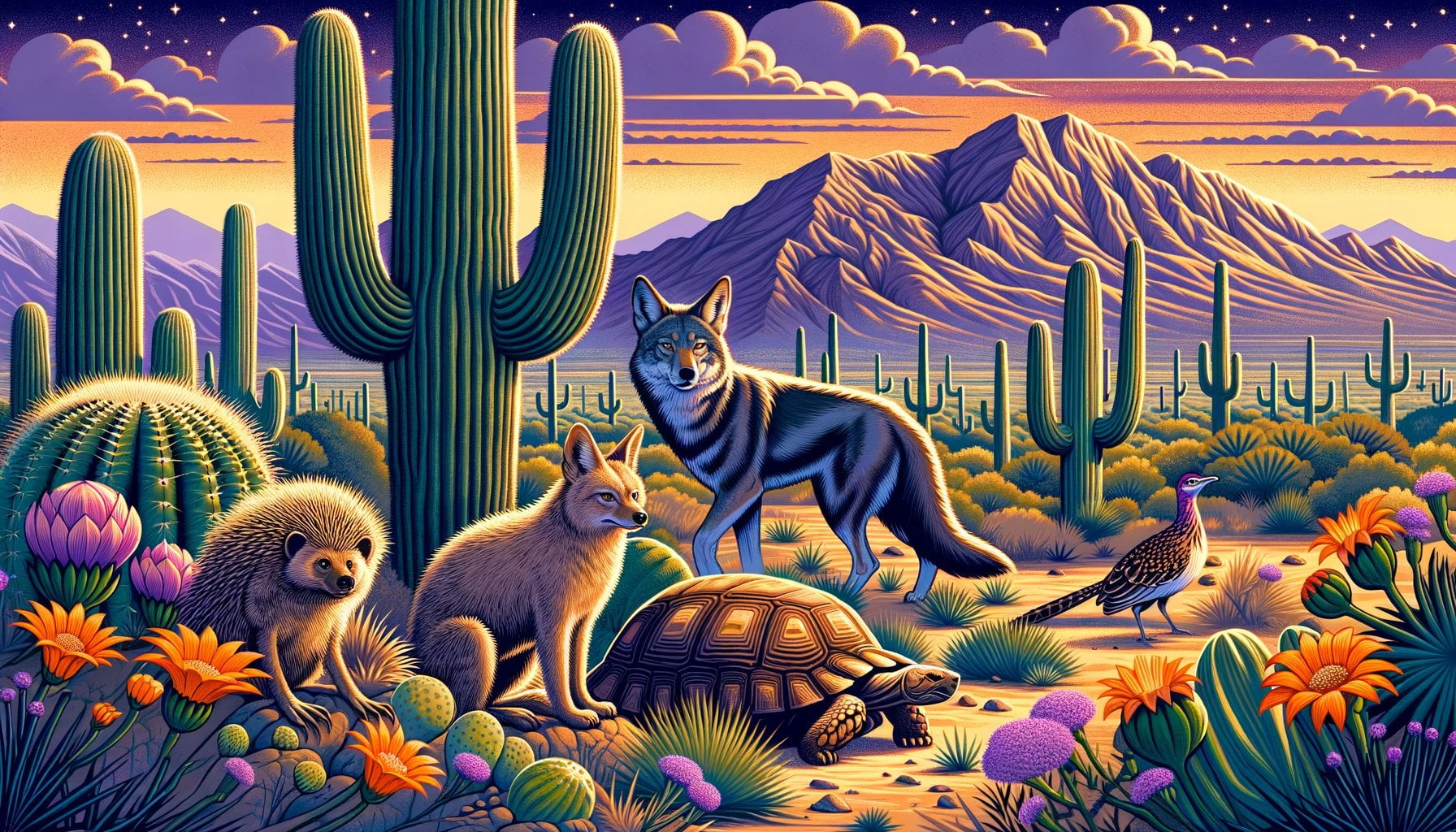
Key Takeaways:
- The Southwest region of the United States is renowned for its diverse cultures and stunning landscapes, encompassing national parks like Zion, Grand Canyon, and Bryce Canyon.
- This region boasts a rich history and is home to numerous Native American tribes, showcasing the deep roots of indigenous cultures.
- With evidence of Native American habitation for over 10,000 years, the Southwest region stands as one of the oldest regions in the United States, brimming with historical significance.
- The Southwest region is characterized by its natural wonders, including the world-famous Grand Canyon, offering visitors a glimpse into the breathtaking beauty of Mother Nature.
- This captivating region is geographically located in the western United States, encompassing states such as Arizona, New Mexico, Oklahoma, and Texas.
- The Southwest region is uniquely diverse, boasting a significant population of Hispanic Americans and a historical presence of various Native American tribes, fostering a rich tapestry of cultural heritage.
- Known for its arid and semi-arid climates, the Southwest region is synonymous with deserts, large rivers, and distinct landscapes shaped by its weather patterns.
- Embracing a unique cultural identity, the Southwest region has been the birthplace or home to notable figures such as Wyatt Earp and Billy the Kid.
- The Southwest region abounds with major cities, offering a vibrant mix of ancient and modern cultures alongside breathtaking natural scenery.
- The Southwest region experiences a distinctive climate characterized by low rainfall and arid conditions, contributing to its distinctive geographical features.
4 Facts About the Southwest Region
The Southwest region of the United States is a captivating area that boasts diverse cultures, stunning landscapes, and a rich history. From its breathtaking national parks to its ancient Native American heritage, this region offers a unique and compelling experience for travelers. Let’s dive into four fascinating facts about the Southwest region:
Fact 1: A Tapestry of Landscapes and National Parks
The Southwest region is renowned for its awe-inspiring landscapes characterized by towering canyons, rugged mountains, and vast deserts. It is home to iconic national parks like Zion National Park, Grand Canyon National Park, and Bryce Canyon National Park. Each park offers its own distinct beauty, from the towering red cliffs of Zion to the majestic grandeur of the Grand Canyon. These natural wonders attract millions of visitors each year, providing countless opportunities for exploration and outdoor adventure.
Fact 2: Rich Native American Cultural Heritage
The Southwest region is steeped in a rich Native American cultural heritage. This land has been inhabited by various Native American tribes for over 10,000 years. Tribes such as the Navajo, Hopi, and Apache have left their mark on this region through their art, architecture, and spiritual practices. From the ancient ruins of Mesa Verde to the vibrant Native American festivals held throughout the year, the Southwest preserves and celebrates its indigenous roots.
Fact 3: Oldest Region in the United States
The Southwest region holds the distinction of being one of the oldest regions in the United States. Evidence of Native American habitation and civilizations in this area dates back over 10,000 years. Ruins like Chaco Canyon and Casa Grande exemplify the ancient architecture and sophisticated societies that once flourished here. Exploring these archaeological sites allows us to glimpse into the rich history that shaped the Southwest region.
Fact 4: Arid Climates and Natural Wonders
The Southwest region is well-known for its arid and semi-arid climates, characterized by low rainfall and high temperatures. This unique climate has shaped the region’s remarkable natural features, such as the famous Grand Canyon. Carved out by the Colorado River over millions of years, the Grand Canyon stands as a testament to the power of nature. Its vastness and colorful rock formations leave visitors in awe of Earth’s natural wonders.
Final Thoughts
The Southwest region of the United States is a captivating destination that offers a blend of natural beauty, rich history, and diverse cultures. From exploring the breathtaking national parks to delving into the ancient heritage of Native American tribes, this region invites us to discover its captivating allure. Whether you seek outdoor adventures or a deeper understanding of America’s indigenous roots, the Southwest region promises an unforgettable journey. So pack your bags and embark on an exploration of this remarkable corner of the United States!
4 facts about the southwest region
Did you know how old is the Southwest region? Discover interesting facts about its age by clicking here!
Curious to explore what is important to the Southwest region? Click here to find out!
Uncover the main culture in the Southwest region by clicking here. It’s a fascinating journey you won’t want to miss!
[Wildlife]
The Southwest region of the United States is not only renowned for its stunning landscapes and rich history but also for its diverse wildlife. From unique bird species to rare desert animals, the Southwest is a haven for those fascinated by the wonders of the natural world. Let’s delve into the captivating wildlife of this region and uncover some intriguing facts.
The Diversity of Bird Species in the Southwest
One of the most remarkable aspects of the Southwest’s wildlife is its incredible variety of bird species. According to the National Park Service, there are over 400 species of birds that call the Southwest home [^2^]. Imagine the thrill of spotting vibrant Painted Buntings or majestic Golden Eagles soaring through the sky. With such a rich avian population, the Southwest offers ample opportunities for birdwatching enthusiasts to observe and appreciate these magnificent creatures.
The Decline of Burrowing Owls and Black-Tailed Prairie Dogs
While the Southwest boasts a plethora of wildlife, it is essential to highlight the conservation challenges faced by certain species. Two notable examples are the burrowing owl and the black-tailed prairie dog. Unfortunately, these captivating creatures are experiencing population declines due to habitat degradation [^2^]. The burrowing owl relies on open grasslands and prairies for nesting, while the black-tailed prairie dog is crucial for maintaining the health of grassland ecosystems. By raising awareness about these declines, we can work towards preserving their habitats and ensuring their survival for future generations.
Unique Plant and Animal Life in the Southwest Deserts
The deserts of the Southwest are host to a remarkable array of plant and animal species, each adapted to survive in the arid conditions. One notable example is the Saguaro cactus, an iconic symbol of the region. These majestic giants can take up to 100 years to grow an arm in areas of low precipitation [^2^]. Their impressive stature and resilience serve as a testament to the incredible adaptations of desert life. Similarly, desert dwellers such as the endangered desert tortoise and elusive kit fox have evolved fascinating strategies to thrive in the harsh desert environment. Exploring the Southwest’s desert landscapes offers an opportunity to witness the wonders of nature’s resilience in action.
Preservation Efforts and the Wildlife in Southwest National Parks
The importance of preserving the Southwest’s natural treasures cannot be overstated, especially within the region’s national parks. These protected areas play a vital role in the conservation of wildlife and ecosystems. By establishing and implementing various preservation initiatives, Southwest national parks contribute significantly to the protection of endangered species and habitat restoration. As visitors, we have the privilege of observing and learning about these remarkable creatures within their natural habitats while supporting conservation efforts.
Key Takeaways:
- The Southwest region is home to over 400 bird species, providing ample opportunities for birdwatching enthusiasts to observe and appreciate their beauty and diversity [^2^].
- Conservation challenges persist for certain Southwest wildlife species. The burrowing owl and black-tailed prairie dog are experiencing population declines due to habitat degradation [^2^]. Raising awareness can help preserve their habitats and ensure their survival.
- The Southwest’s deserts boast unique plant and animal life, with the Saguaro cactus and the desert tortoise being notable examples. Exploring these landscapes offers an opportunity to witness nature’s resilience and amazing adaptations.
- Southwest national parks play a crucial role in the preservation of wildlife and ecosystems. By visiting these parks, we can support conservation efforts and learn about endangered species in their natural habitats.
Sources:
[^2^]: National Park Service – Animals
National Parks, Monuments, and Forests
- National parks, monuments, and forests in the Southwest region of the United States offer breathtaking landscapes and opportunities for outdoor exploration and adventure. From the iconic Grand Canyon National Park to the stunning Antelope Canyon, here are some fascinating facts about these natural wonders.
Grand Canyon National Park: A Geological Masterpiece
- Grand Canyon National Park in Arizona is one of the most popular attractions in the Southwest. Stretching for 277 miles, it is a geological masterpiece that showcases millions of years of Earth’s history. The canyon is a result of the Colorado River carving its way through layers of rock, revealing stunning vistas and colorful striations. source
- In addition to its awe-inspiring beauty, the Grand Canyon is also a hub for outdoor activities. Visitors can hike along the rim or venture down into the canyon, go white-water rafting in the Colorado River, or experience the thrill of helicopter tours that provide stunning aerial views.
Monument Valley: A Majestic Desert Landscape
- Monument Valley, located on the Arizona-Utah border, is a captivating destination known for its unique sandstone formations. These towering monuments, such as the famous Mittens and Totem Pole, rise dramatically from the desert floor, creating an otherworldly landscape that has been the backdrop for many films and commercials. source
- Exploring Monument Valley allows you to take in the sweeping panoramas and experience the rich Native American culture of the Navajo Nation. Guided jeep tours provide an opportunity to delve deeper into this mesmerizing desert landscape and learn about its geological and cultural significance.
Ancient Ruins at Mesa Verde National Park
- Mesa Verde National Park in Colorado is a UNESCO World Heritage Site that preserves and showcases the ancient ruins of the Ancestral Puebloans. These remarkable cliff dwellings were built over 700 years ago and offer a glimpse into the lives of the Native American people who once called this region home. source
- Exploring Mesa Verde allows visitors to step back in time and marvel at the incredible architecture and preservation of these ancient structures. Guided tours take you through the well-preserved cliff dwellings, highlighting the advanced engineering and cultural significance of this historical site.
Enchanting Forests: Beauty Amidst Arid Landscapes
- While the Southwest is known for its arid and desert landscapes, it is also home to enchanting forests that offer a striking contrast. National forests such as Kaibab National Forest in Arizona and Santa Fe National Forest in New Mexico provide opportunities for camping, hiking, and wildlife viewing.
- These forests are havens for diverse plant and animal species, showcasing the resilience of nature in the face of arid conditions. From ponderosa pine forests to meadows dotted with wildflowers, these areas offer a peaceful retreat amidst the Southwest’s rugged beauty.
Key Takeaways:
- Grand Canyon National Park in Arizona is a geological marvel, showcasing millions of years of Earth’s history and offering a wide range of outdoor activities.
- Monument Valley, located on the Arizona-Utah border, is known for its mesmerizing sandstone formations and rich Native American culture.
- Mesa Verde National Park in Colorado preserves the ancient ruins of the Ancestral Puebloans, providing insights into their advanced architecture and historic significance.
- National forests such as Kaibab National Forest and Santa Fe National Forest offer opportunities for camping, hiking, and wildlife viewing amidst the Southwest’s arid landscapes.
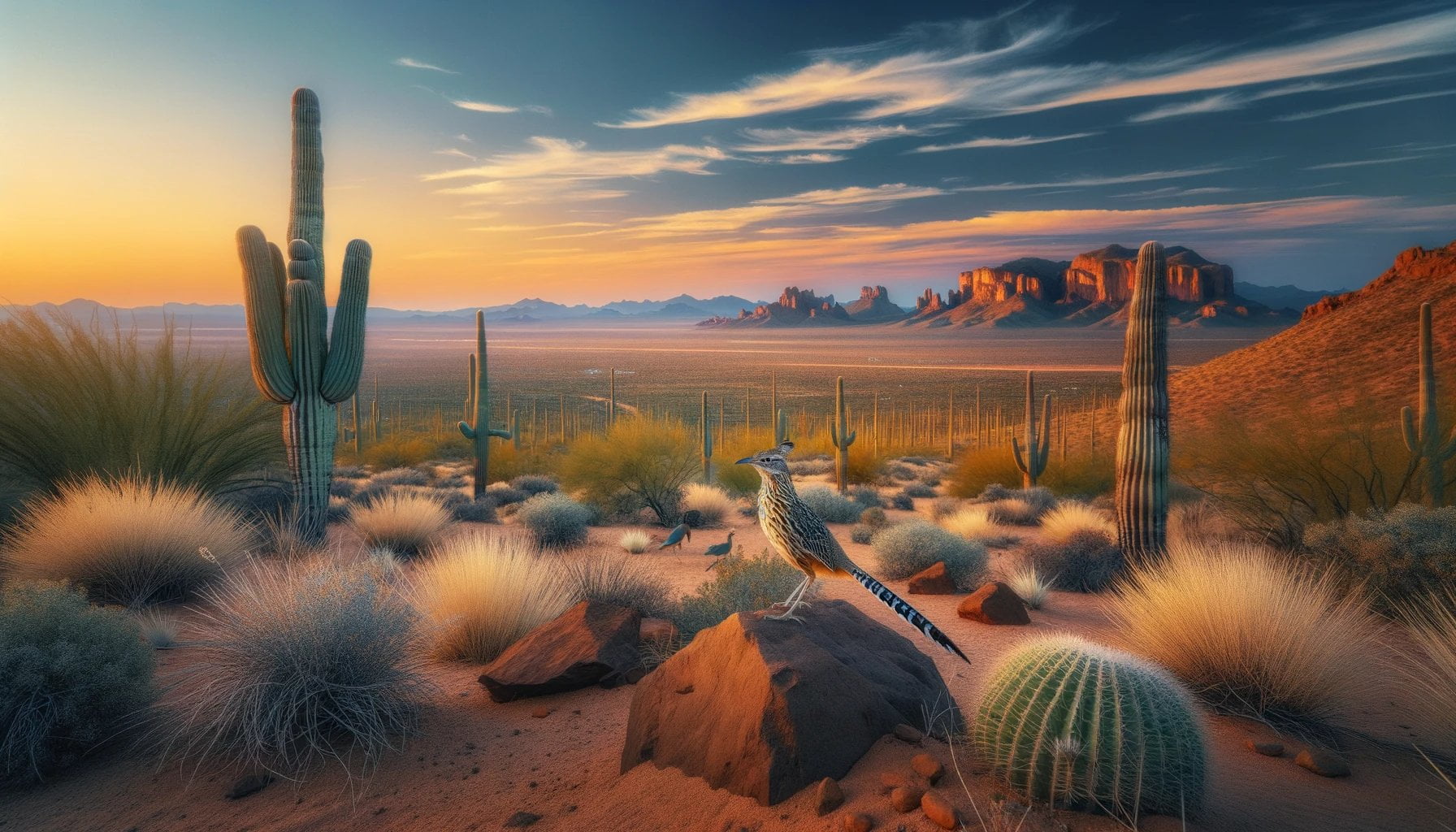
FAQ
Q1: What is the climate like in the Southwest region of the United States?
A1: The Southwest region is known for its arid and semi-arid climates, with low rainfall and dry conditions.
Q2: What kind of vegetation can be found in the Southwest region?
A2: The Southwest region has diverse vegetation that includes desert plants like cacti, succulents, and yucca, as well as grasslands and shrublands in certain areas.
Q3: What is the terrain like in the Southwest region?
A3: The Southwest region is characterized by its varied terrain, which includes deserts, canyons, mountains, and rivers.
Q4: Which notable national parks, monuments, and forests are found in the Southwest region?
A4: The Southwest region is home to numerous national parks, monuments, and forests, including the Grand Canyon National Park, Antelope Canyon, Great Sand Dunes National Park, and Zion National Park.
Q5: What wildlife can be found in the Southwest region?
A5: The Southwest region is home to a wide variety of wildlife, including over 400 species of birds, diverse mammals, and unique plants and animals specific to the desert ecosystem, such as the Saguaro cacti.
- Crypto Quotes’ Red Flags: Avoid Costly Mistakes - June 30, 2025
- Unlock Inspirational Crypto Quotes: Future Predictions - June 30, 2025
- Famous Bitcoin Quotes: A Deep Dive into Crypto’s History - June 30, 2025
